
A Guide to Birdwatcher’s Paradise: the Cuyabeno Reserve
Cuyabeno Wildlife Center Lodge
Nestled deep in the heart of the Ecuadorian Amazon, the Cuyabeno Reserve is a birdwatcher’s paradise. With over 500 species of birds found in the reserve, it is no wonder that birdwatchers from all over the world flock to this biodiverse region. In this blog, we will take a closer look at the avian life of Cuyabeno Reserve and provide you with a guide to help you make the most of your birdwatching experience.
The Cuyabeno Reserve is a vast protected area spanning over 600,000 hectares of pristine Amazonian rainforest. Located in the northeast corner of Ecuador, the reserve is home to an incredibly diverse range of flora and fauna. However, it is the avian life that draws birdwatchers to this region year after year.
Sustainable Tourism
Adventure and Relaxation
Customized Itineraries
Birdwatching in Cuyabeno
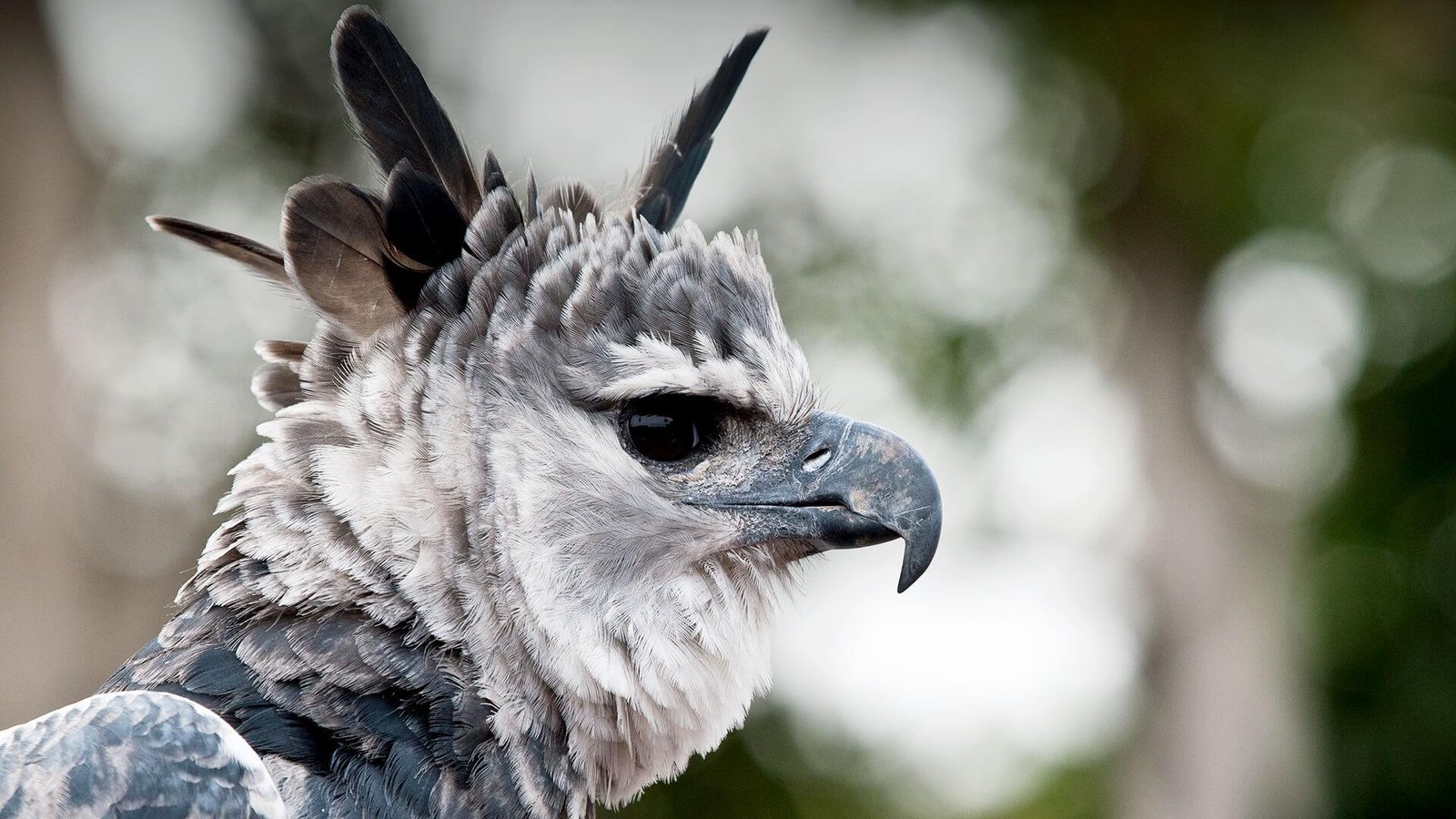
The Harpy Eagle
The Harpy Eagle is a magnificent bird of prey that is widely recognized for its striking appearance and impressive hunting skills. This bird is one of the largest eagles in the world, with a wingspan that can reach up to 7 feet. Its body is covered in dark feathers, and it has a distinctive crest of feathers on its head that gives it a regal appearance. The Harpy Eagle is known for its powerful talons, which it uses to catch prey such as monkeys, sloths, and other large animals.
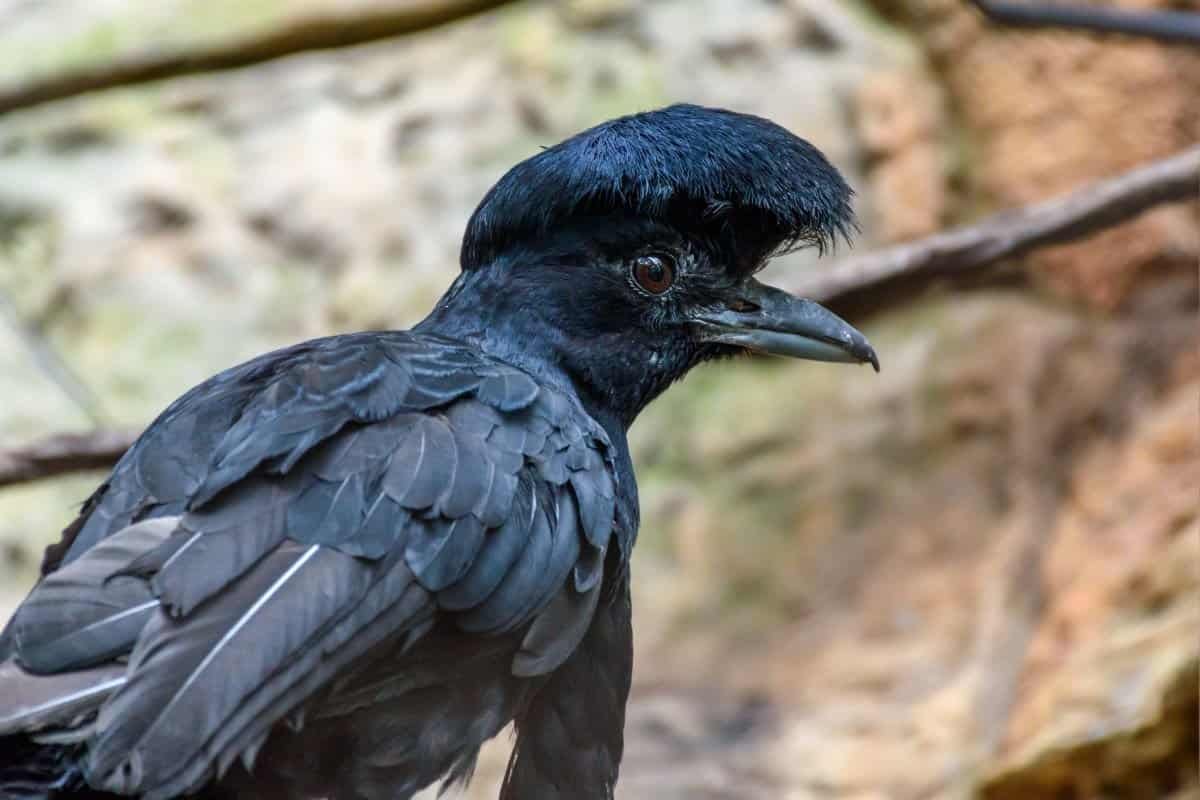
Amazonian Umbrella Bird
The Amazonian Umbrella Bird is another fascinating bird with a unique appearance. This bird has a dark, almost black body with a large, umbrella-shaped crest on its head. The crest can be raised or lowered depending on the bird’s mood or level of excitement. The Amazonian Umbrella Bird is found in the Cuyabeno rainforest, where it feeds on fruit and insects.

Hoatzin
The Hoatzin is a small, colorful bird with a unique digestive system that produces a foul odor. This bird is sometimes called the “stinkbird” because of the smell it emits. The Hoatzin has a bright blue face, a yellow beak, and brown and black feathers. It is found in the swamps and wetlands of South America, where it feeds on leaves and other vegetation. This bird is often spotted in the Cuyabeno Reserve.

Long-billed Woodcreeper
The Long-billed Woodcreeper is a small, brown bird with a long, curved beak that it uses to probe for insects in tree bark. This bird is found in the forests of Central and South America, where it hops up tree trunks and branches in search of food.

Rufous Potoo
The Rufous Potoo is a nocturnal bird with intricate camouflage that allows it to blend in seamlessly with its surroundings. This bird has brown and black feathers with intricate patterns that resemble tree bark. It is found in the Cuyabeno and rainforests of South America, where it feeds on insects and other small prey.
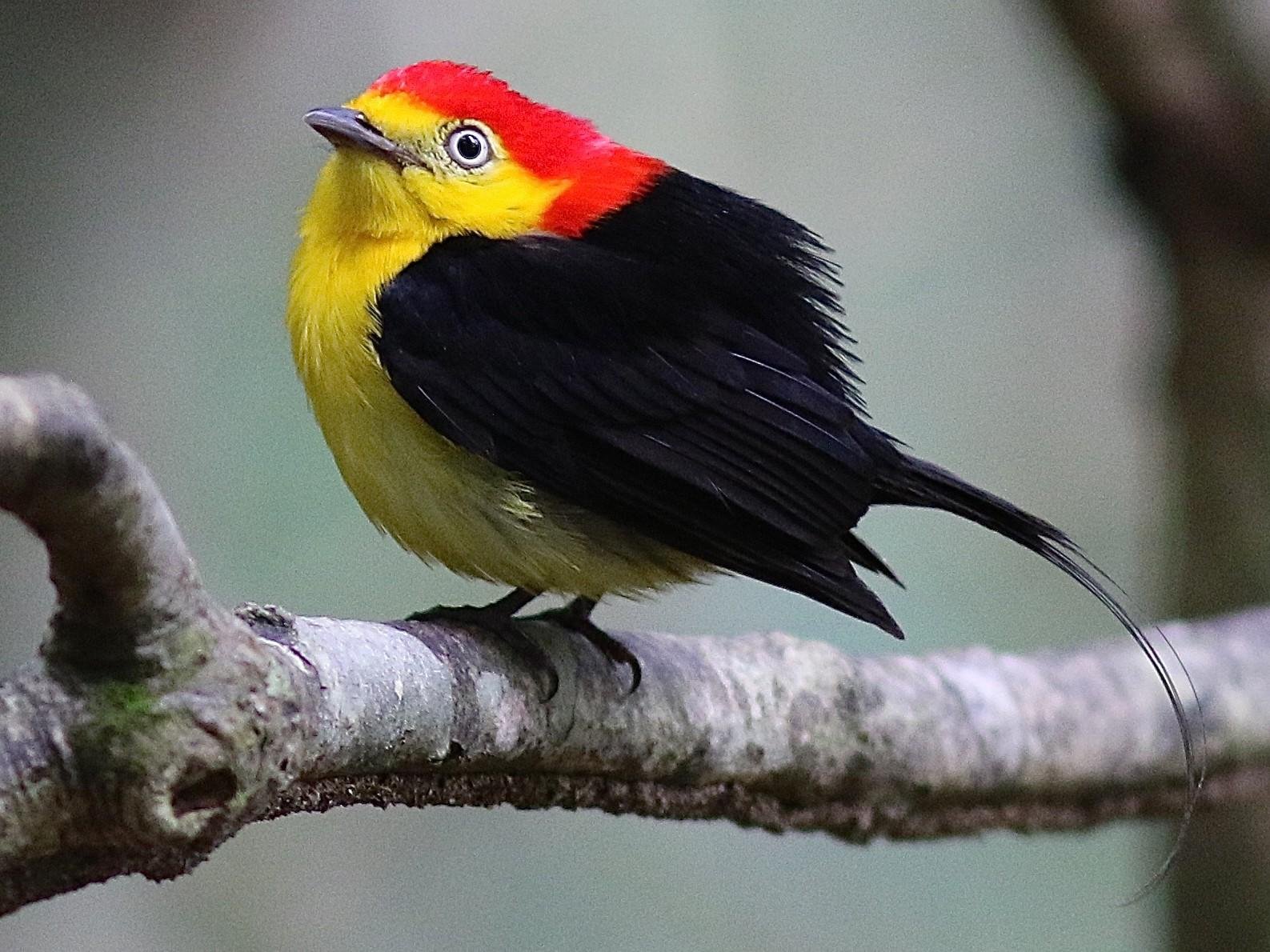
Wire-tailed Manakin
The Wire-tailed Manakin is a small, brightly colored bird with a unique courtship display. During mating season, the male Wire-tailed Manakin performs a rapid wing movement and acrobatic jumps to attract a mate. This bird is found in the forests of Central and South America, where it feeds on fruit and insects.
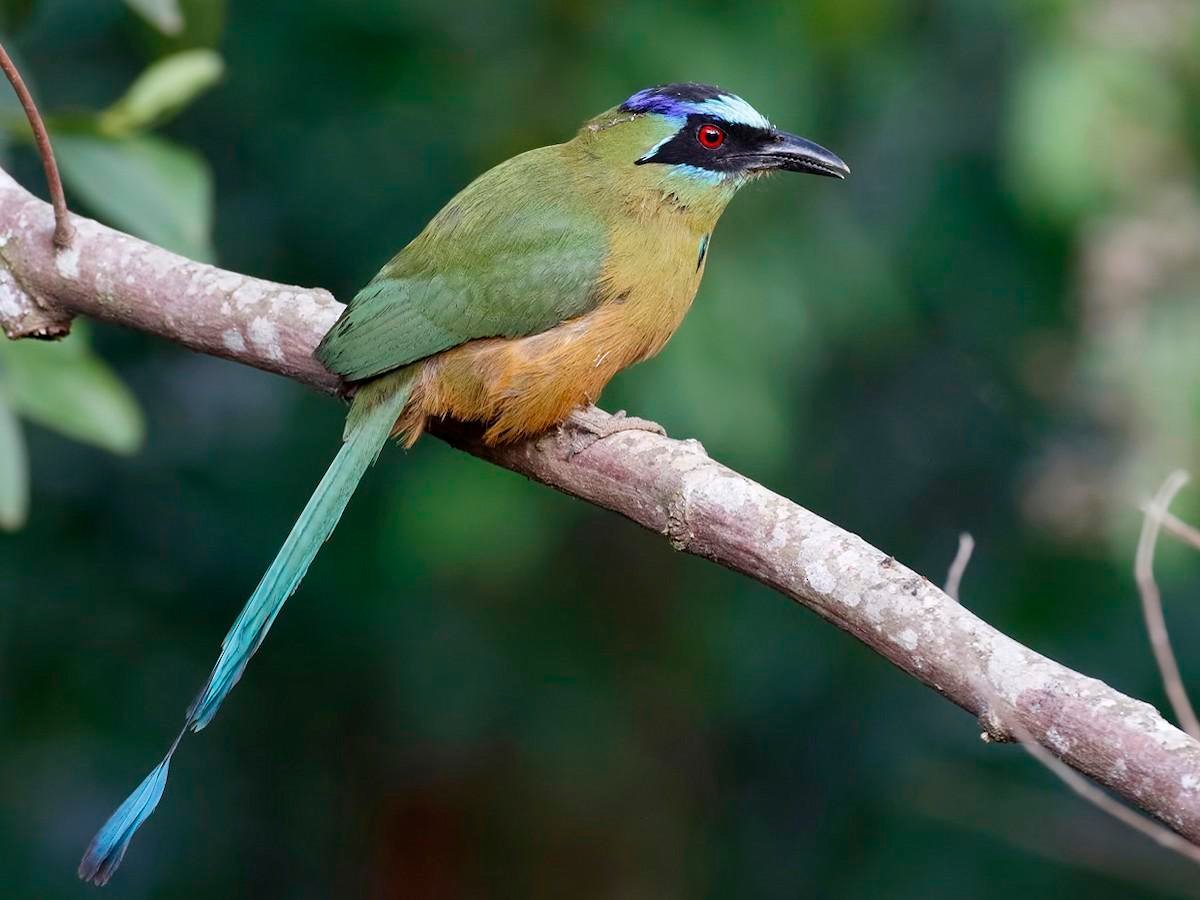
Blue-crowned Motmot
The Blue-crowned Motmot is a medium-sized bird with a distinctive blue and green coloration and a long, racket-shaped tail. This bird is found in the forests of the Cuyabeno, where it feeds on insects, lizards, and other small prey.
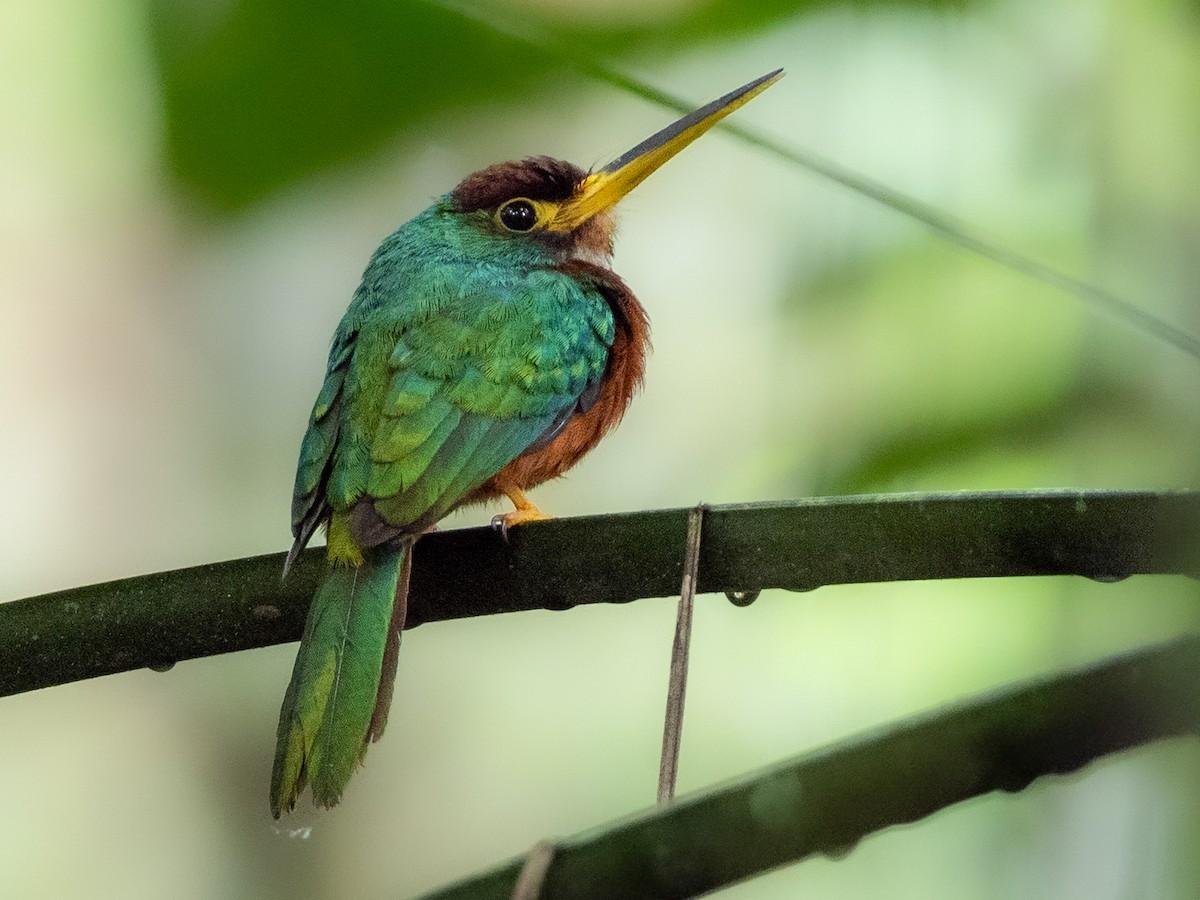
Yellow-billed Jacamar
The Yellow-billed Jacamar is a brightly colored bird with a long, thin bill that it uses to catch insects on the wing. This bird has bright green and yellow feathers and is found in the rainforests of Central and South America.
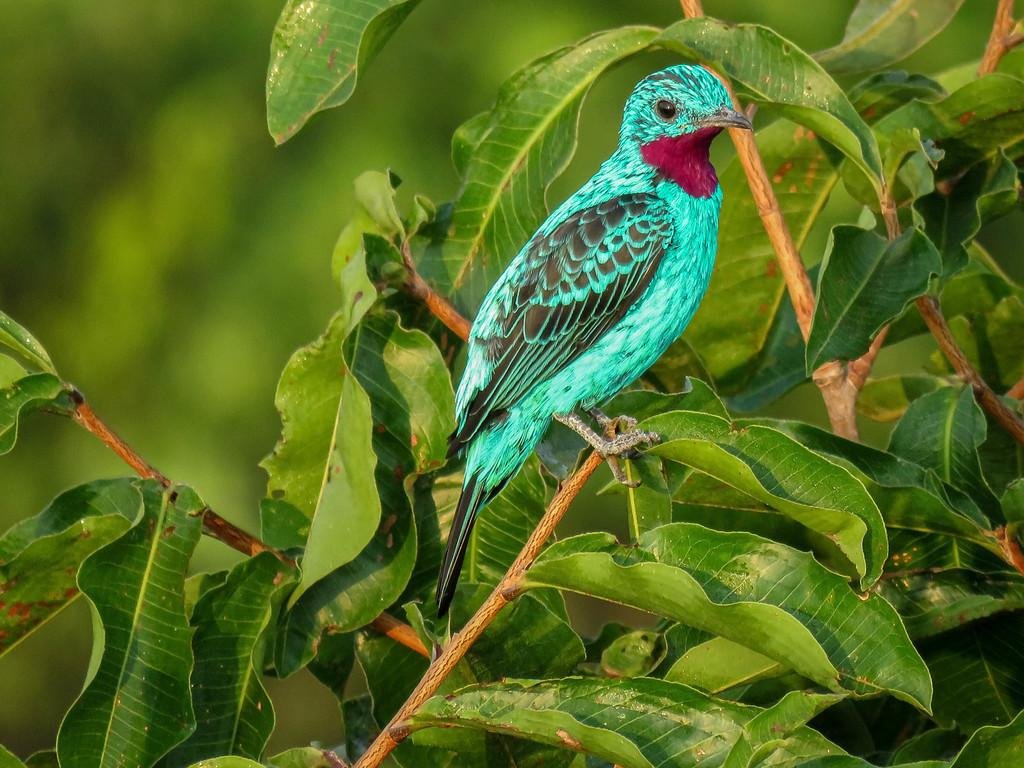
Spangled Cotinga
The Spangled Cotinga is a striking bird with metallic blue and green plumage. This bird is often seen perched high up in the forest canopy, where it feeds on fruit and insects.
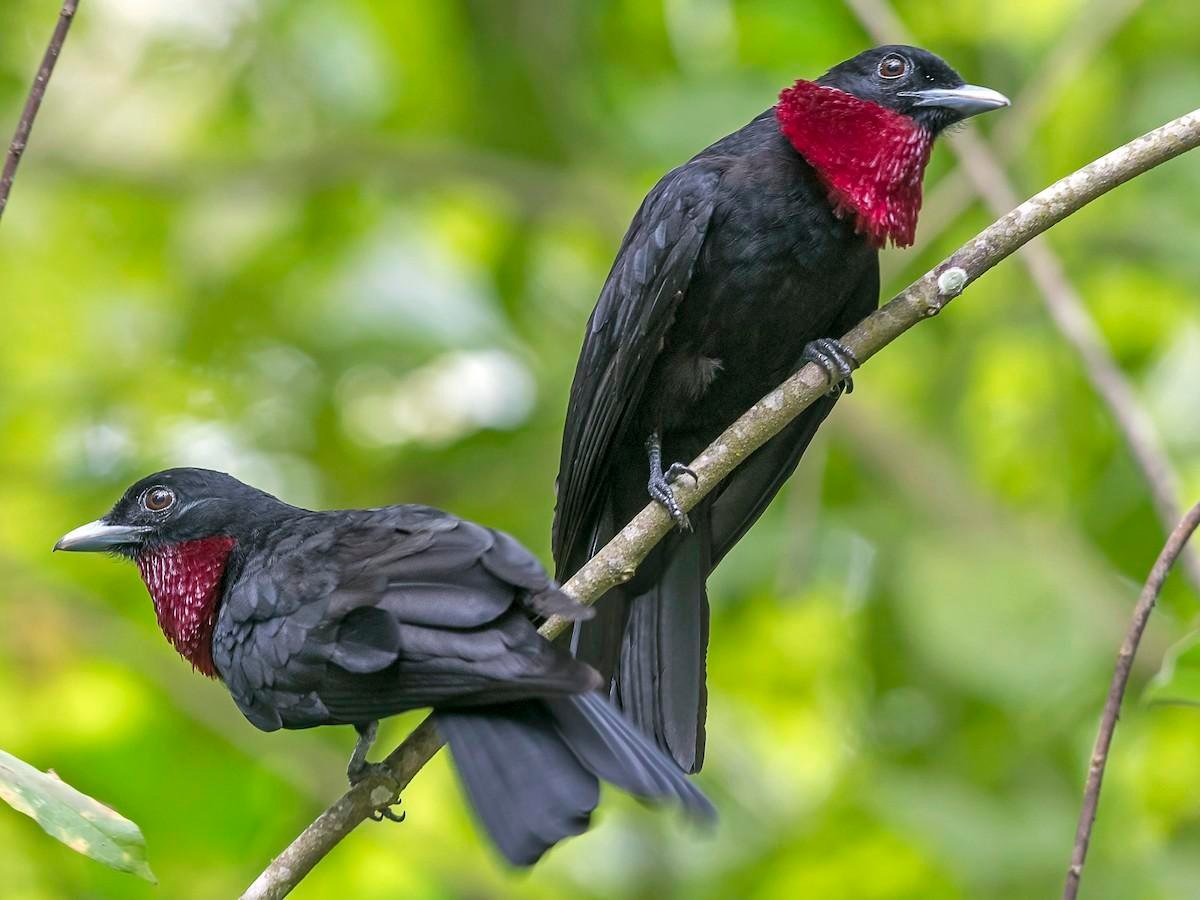
Purple-throated Fruitcrow
The Purple-throated Fruitcrow is a large, black bird with a bright purple throat. This bird is found in the rainforests of Central and South America, where it feeds on fruit and insects. The Purple-throated Fruitcrow is an important seed disperser, helping to spread the seeds of the fruits it eats throughout the forest.
Useful Information

Packing Tips and Essentials
When packing for a trip to the Cuyabeno jungle, it’s important to keep in mind the hot and humid climate, as well as the rugged terrain. Some essential items to pack include lightweight, breathable clothing, sturdy hiking shoes, a hat and sunglasses, insect repellent, sunscreen, flashlight and a waterproof jacket. It’s also a good idea to bring a reusable water bottle, binoculars, and a camera to capture the incredible wildlife and scenery. The lodge will take care of your luggage for you.

Transportation to our Cuyabeno Lodge
Lago Agrio, the gateway to the Ecuadorian Amazon, is accessible by both air and land transport. The easiest way to get there is by flying from Quito to Lago Agrio, which takes approximately 30 minutes. Alternatively, you can take a bus from Quito to Lago Agrio, which takes approximately 8 hours. Once you arrive at Lago Agrio, you will be picked up by the Cuyabeno Wildlife Center staff. From there we start a journey to the lodge which is approximately a 2-3 hour journey by car followed by 3 hours in canoe.
Birdwatching Tour in Cuyabeno
If you are planning a birdwatching trip to the Cuyabeno Reserve, there are a few things that you should keep in mind. First and foremost, it is important to remember that the Amazonian rainforest is a delicate ecosystem that must be treated with respect. When birdwatching in the reserve, it is crucial to follow all of the rules and regulations set forth by the park authorities.
One of the most important rules to remember is that you should never disturb the birds or their habitat. While it may be tempting to get as close as possible to the birds to snap a great photo, this can actually be harmful to the animals. By getting too close, you may disrupt their natural behavior or cause them to abandon their nests or feeding grounds.
To ensure that you are able to observe the birds without causing any harm, it is recommended that you hire a local guide who is familiar with the reserve and its wildlife. A good guide will be able to help you spot a wide range of bird species and will know how to observe them without causing any disturbance
